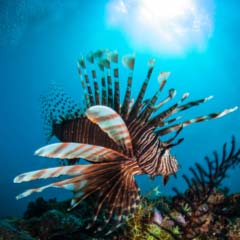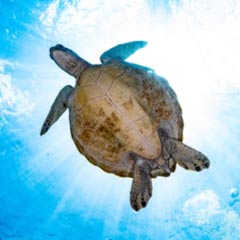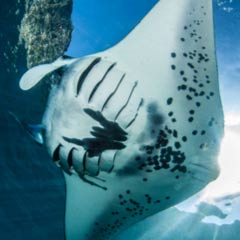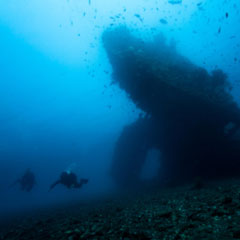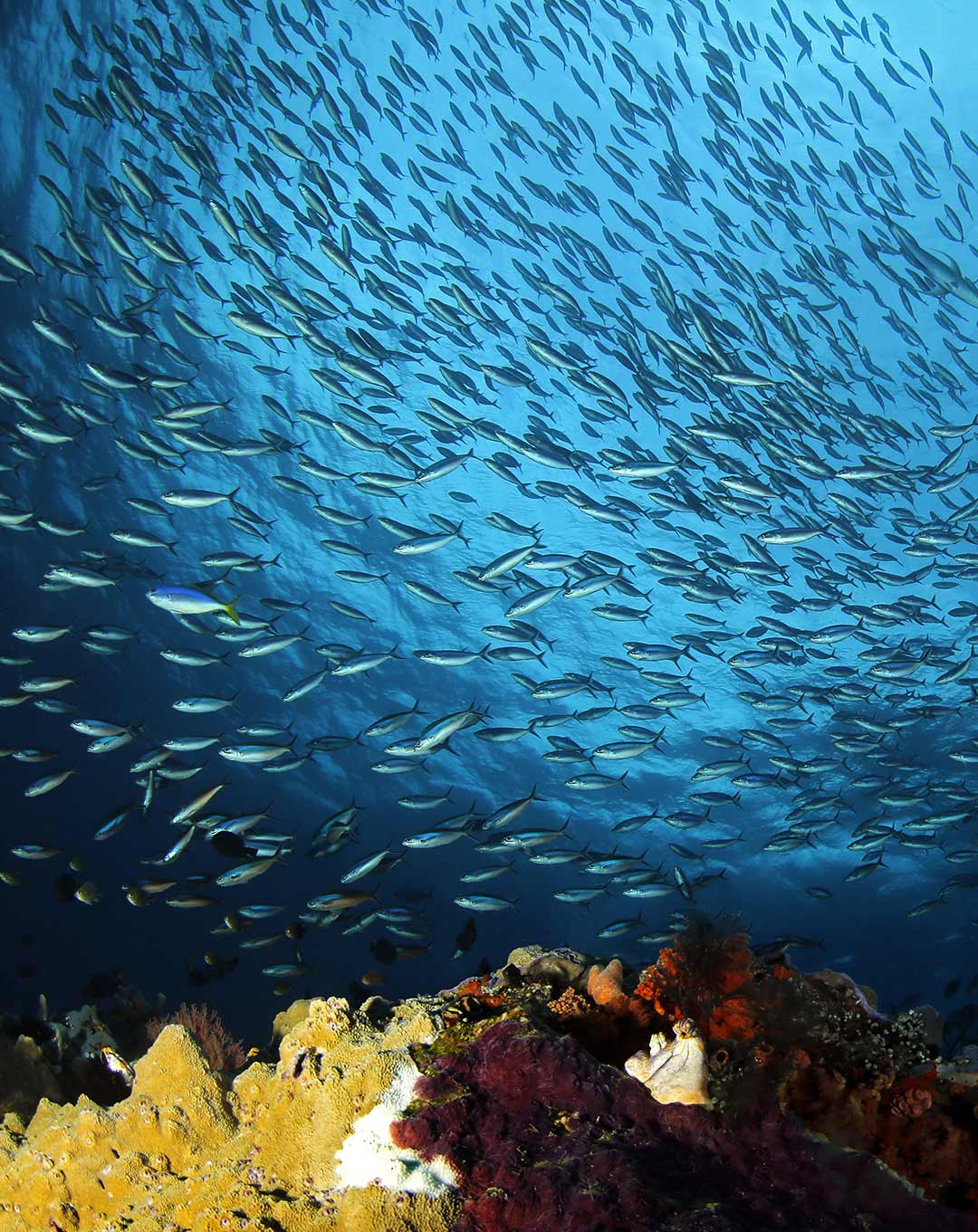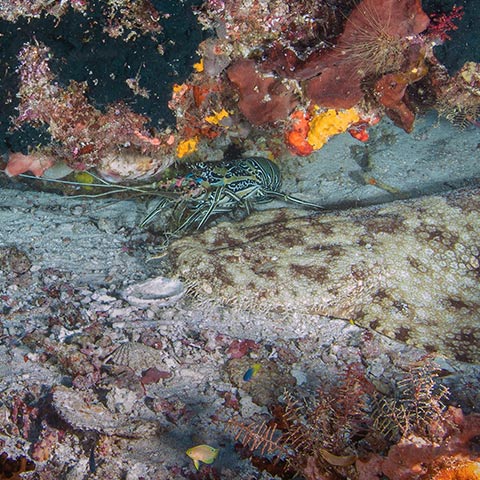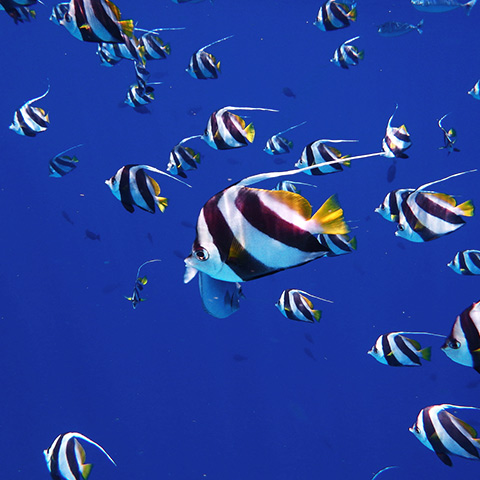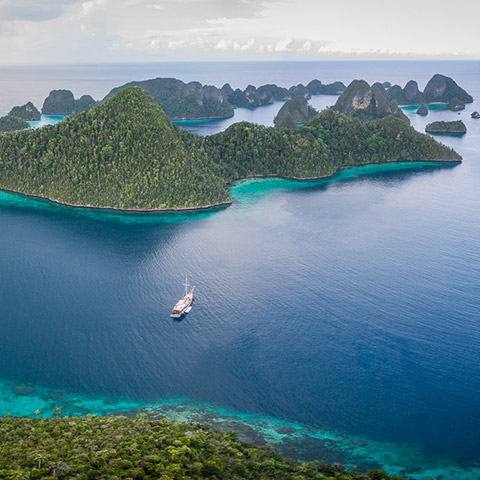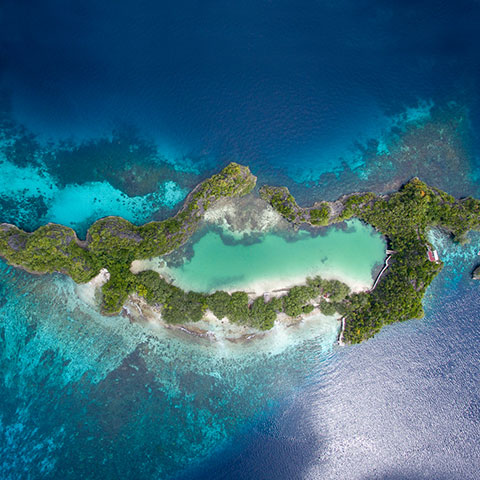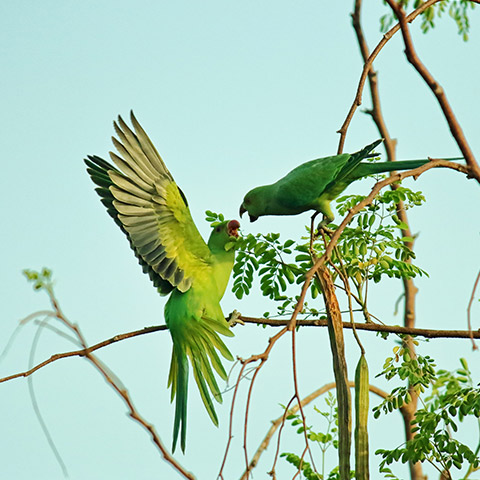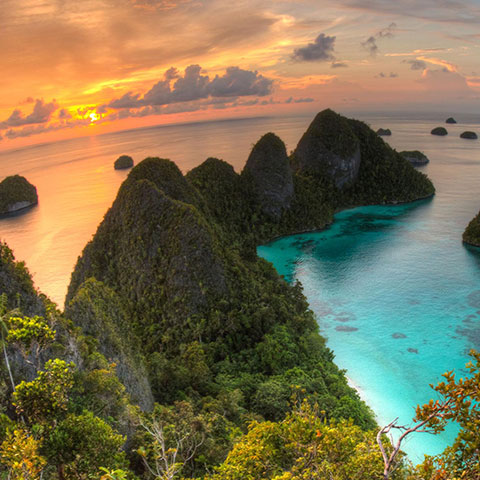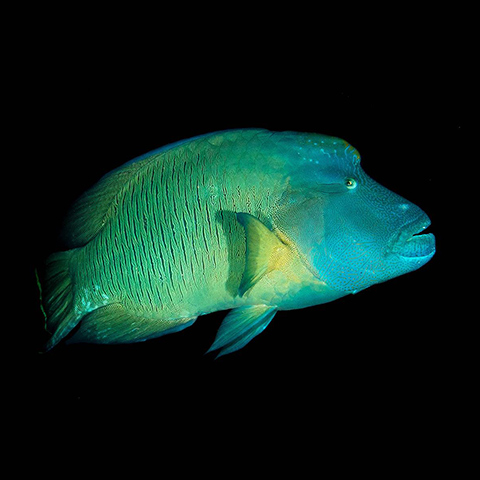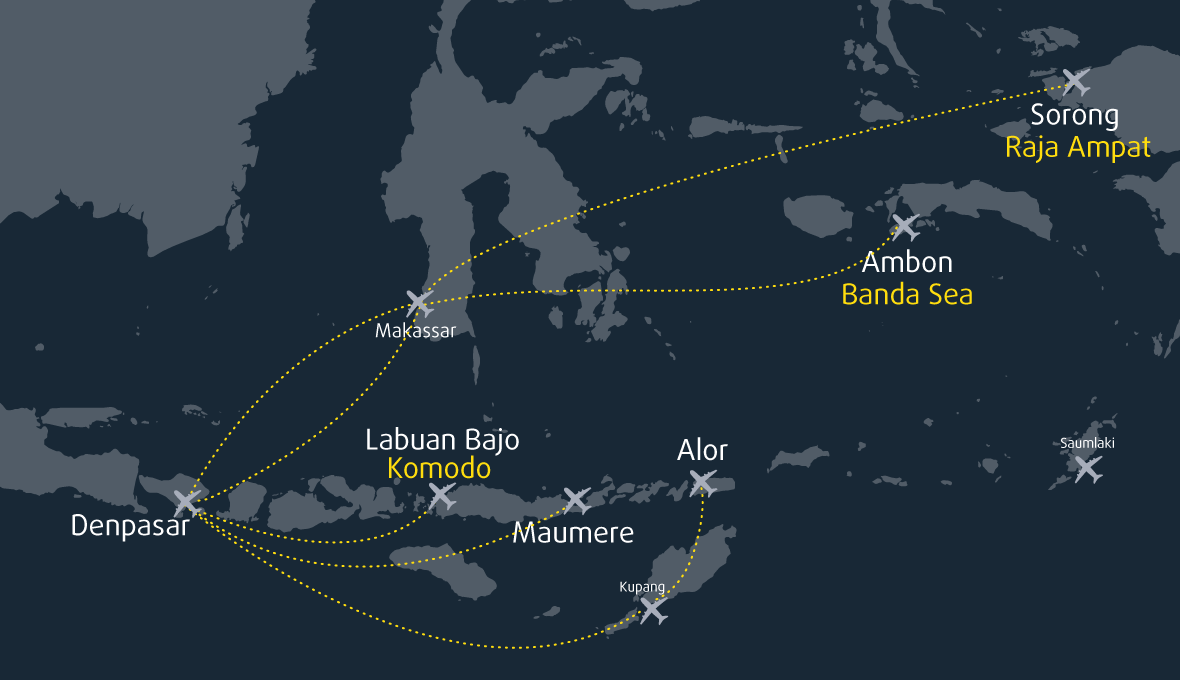The name of this site comes from the fact that divers will see a vast number of fish packed very tightly together, which is sometimes comparable to a school of sardines, but funny enough, there are no sardines here.
Large coral formations make a perfect home for an abundance of fish life and it is definitely an action packed site. Some of the species that are frequently seen in this site, having a feast on the nutrients in the water, are large schools of fusiliers, banner fish, rainbow runners, butterfly fish, oriental sweetlips, snappers, moray eels, several lurking lionfish, schools of bump head parrotfish chewing up the coral as they go and damsels dancing above the hard coral, but hiding back when a divers get too close. Spanish mackerel, triggerfish, dogtooth tunas, barracudas, wrasses, jacks and large schools of giant trevallies can be seen as well.
Larger predators like black tipped reef sharks, white tipped reef sharks and even the occasional grey reef shark, are also cruising the surroundings feasting on the easy preys.
Besides these quite common species, it is also possible to find a rarer one at Sardines reef, the wobbegong, a bizarre looking shark that is normally only seen on Australian reefs. And the whole site is full with small reef fish and with a special combination of corals, hard, soft, bushy and coating.
To make it even more interesting, in some of the beautiful gorgonian sea fans it is possible to find three species of pygmy seahorses (Denise, Bargibanti and Pontohi). Other critters that also can be spotted are long nosed hawkfish, nudibranchs and flatworms of every color, so by all means it’s worth looking everywhere very carefully while diving in this area, one of north Raja Ampat’s most celebrated sites.





